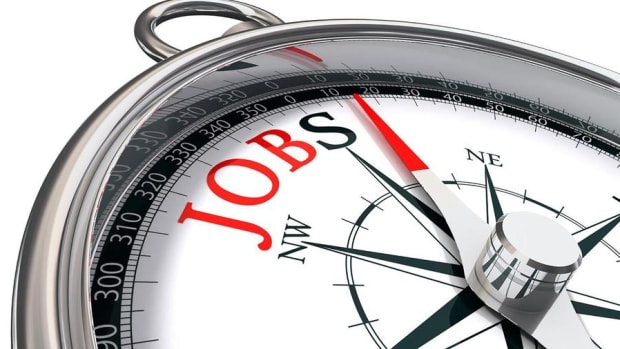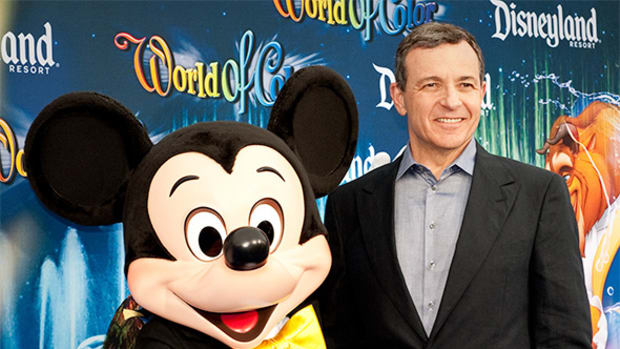Mauna Loa Eruption Gives Hawaii Another Tourism Draw
The reawakening of the world’s largest volcano in Hawaii has sparked global interest and, if history is any guide, that could translate into a benefit for the state’s tourism industry.
Mauna Loa came to life over the weekend, sending fountains of molten lava high into the air above the big island. It also began spewing ash which has prompted warnings for people with respiratory issues.
A road to a National Oceanic and Atmospheric Administration observation station on the mountain has been cut. The molten rock has cut off all access to the site according to a tweet from the agency which said all of its personnel are safe.
The lava flows currently pose no threat to any communities as they are high on the slopes of Mauna Loa, which towers 13,680 feet above sea level. Measured from the ocean floor, Mauna Loa is higher than Mount Everest.
It’s the first eruption since 1984, when lava spewed from the mountain for three weeks, NPR reported. In the past, eruptions have flowed all the way to the ocean in some cases.
The smaller, but generally more active Kīlauea volcano nearby is also erupting, giving tourists a rare bucket-list chance to observe two spectacular geological events simultaneously.
Volcano Tourism is a Thing
While people have travelled to volcanoes for millennia to observe the potentially cataclysmic action, it’s become its own niche travel segment in recent years.
Japan, which has many active volcanoes, is home to some of the biggest fans.
New Zealand has also seen active interest.
The thrill is genuine and the risks are real. In 2019, 22 tourists were killed on White Island, a New Zealand volcano that erupted with sudden and explosive force.
Hawaii Volcanoes National Park saw 1.3 million visitors in 2021 who spent an estimated $117 million in local communities supporting 1,220 jobs, according to a National Park Service study. That amount topped pre-covid spending in 2019, but remains well below the $166 million in spending reached in 2017.
"The current eruption from Kīlauea volcano continues to attract thousands of visitors each day," the park noted in a release earlier this summer. "A massive lava lake within the summit crater, Halemaʻumaʻu, can be viewed from a safe distance from numerous vantage points along the crater rim."
While some flights to and from Hilo were cancelled in the immediate aftermath of the eruption, both of the big island’s airports remain open.





